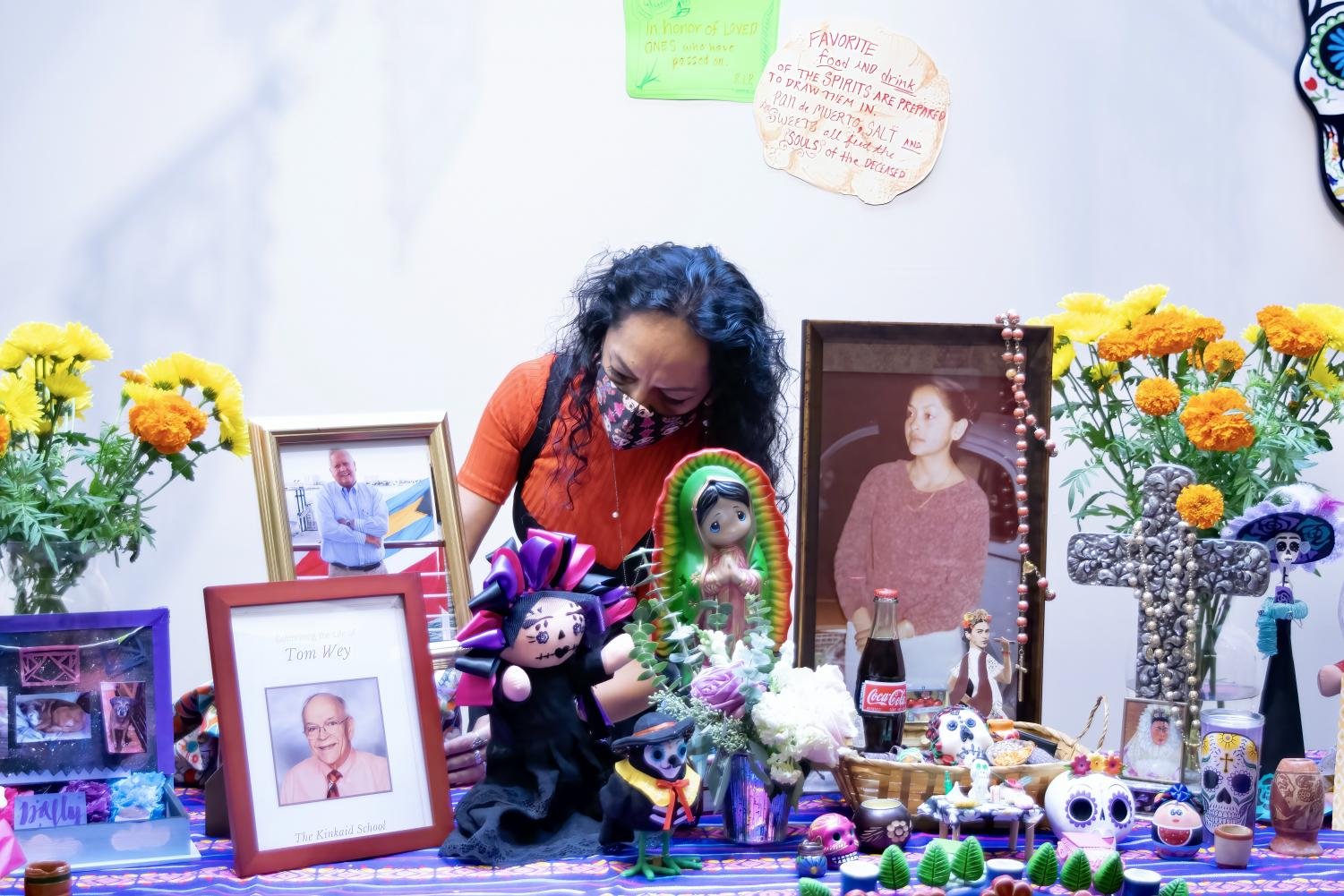
Belonging
Reflect
What does “belonging” mean to me?
What are some places I feel I belong? People I feel I belong with?
What are some things that make a place inclusive? Try listing out as many as you can.
Who can I speak to on-campus about belonging, diversity, and inclusion?
Am I aware of the DEI council’s email contact (deicouncil@kinkaid.org) and Kinkaid’s DEI commitment statement?
Inclusion
Find Your People
It’s been said that love, belonging, and connection are the “universal sources of true well-being.” Feeling attached to and accepted by your friends/peers/teachers is just the surface of belonging. At its core, belonging is about support. In a social setting where you — all of you — feel included, supported, and encouraged, you’re more resilient (i.e. more likely to cope with difficulties in a positive manner).
We, as humans, are social animals. And belonging is crucial to our survival and success. It’s just as natural as any other need. A recent MIT study found we crave interactions in the same region of our brains where we crave food, and another study showed we experience social exclusion in the same region of our brain where we experience physical pain.
An inclusive community acknowledges and seeks to bridge differences. “Important differences at Kinkaid include culture, ethnicity, gender identity and expression, family composition, neighborhoods, physical ability, political philosophy, race, religion, sexual orientation, socio-economic status, and talent. Recognizing, supporting, and honoring the unique contributions of our diverse community creates a stronger Kinkaid for all.”
Inclusion outcomes are met when you, your institution, and your program are inviting to everyone and when you seek to understand with an open mind the lives of others.
Before you move forward…
This is a difficult but crucial topic. Keep in mind that you will make mistakes as an ally, and that it is okay.
Not too long ago, I made a painful mistake. Regardless of my good intentions, my behavior had a negative impact. This experience required some frank conversations that cued discomfort and guilt. What I was most grateful for throughout the process of mending and revising that followed was the DEI (diversity, equity, and inclusion) community’s tolerance for error. Clearly, not all mistakes are equal, but if you learn from your missteps, you’re making progress. That’s what I’ve learned.
Visit Tufts University's diversity page to learn more about “calling out” versus “calling in,” including sample responses.
Another way to celebrate our diversity and affirm the identities of those around us is through microaffirmations. Keep scrollin’!
Belonging at Kinkaid
Affinity Groups
Affinity groups are an important tool at Kinkaid for reducing the sense of isolation, discomfort, and marginalization many students can feel even in the most mission-centered school communities. The purpose of these groups is for students to have a positive and constructive context to explore and affirm topics of shared identity and experience with the support of the school leadership and faculty.
Read more about the groups, including a complete list, here.
NameCoach
What’s in a name? Quite a lot! Correct pronunciation of names conveys respect and kindness. NameCoach is a software platform whose mission is to solve the common problem of name mispronunciation in as many critical settings as possible. Kinkaid has integrated user-recorded name pronunciations into our core software platforms such as Canvas.
This means students can ensure that their name is pronounced correctly and given the respect it deserves.
Heritage Clubs
Heritage clubs like South Asian Heritage Club, African American Appreciation Club, and Viva La Raza Club offer students of a shared cultural identity a space to celebrate their traditions and heritage.
Kinkaid Collections: Diverse Voices in Literature
-

Jewish Book Month Collection
The Kinkaid Upper School librarians have compiled a list of 20 books reflecting Jewish culture and history.
-

Native American History Month Collection
A collection of 33 books reflecting the Native American story, compiled by Kinkaid Upper School librarians.
-

Student Diversity Leadership Board Selections
These books feature diverse protagonists, subjects, and themes recommended by students on the Kinkaid Upper School Student Diversity Leadership Board.
An extended reading list of diverse voices, including faculty suggestions, can be found here.
-

More Diverse Books Selected by SDLB
Exactly what the section header says! More books selected by the Kinkaid Upper School Student Diversity Leadership Board that are available in the US Moran Library.
Social Life
Navigating Social Media
In the 21st century, social media has become a necessary evil in our lives. 75% of teens report having at least one active social media profile, and 51% report visiting a social media site at least daily. As I wrote in an article for PBS NewsHour, “It’s Gorilla Glue’s greatest competitor, and it operates on the same principles: use it wisely and you can bring factions together, but misuse it, and you’ll end up in a sticky situation...” So it’s necessary that we all know how to properly use social media.
Recommendation: Limit the time you spend daily on social media… for your academic/athletic/artistic performance as well as for your own mental health. A 2019 survey found that kids between 12-15 years old spending more than three hours a day on social media were at a higher risk of poor mental health.
Building Relationships
Middle and high school are the breeding grounds of long-lasting (possibly even lifelong) relationships, whether romantic bonds or friendships. Here are some tips on maintaining healthy relationships in high school. Another note: codependency (excessive reliance upon another person) is common in teen relationships, whether with friends, partners, or family members. A codependent relationship can be painfully obvious or not obvious at all — it’s totally subjective. To learn more about codependency, click here.









